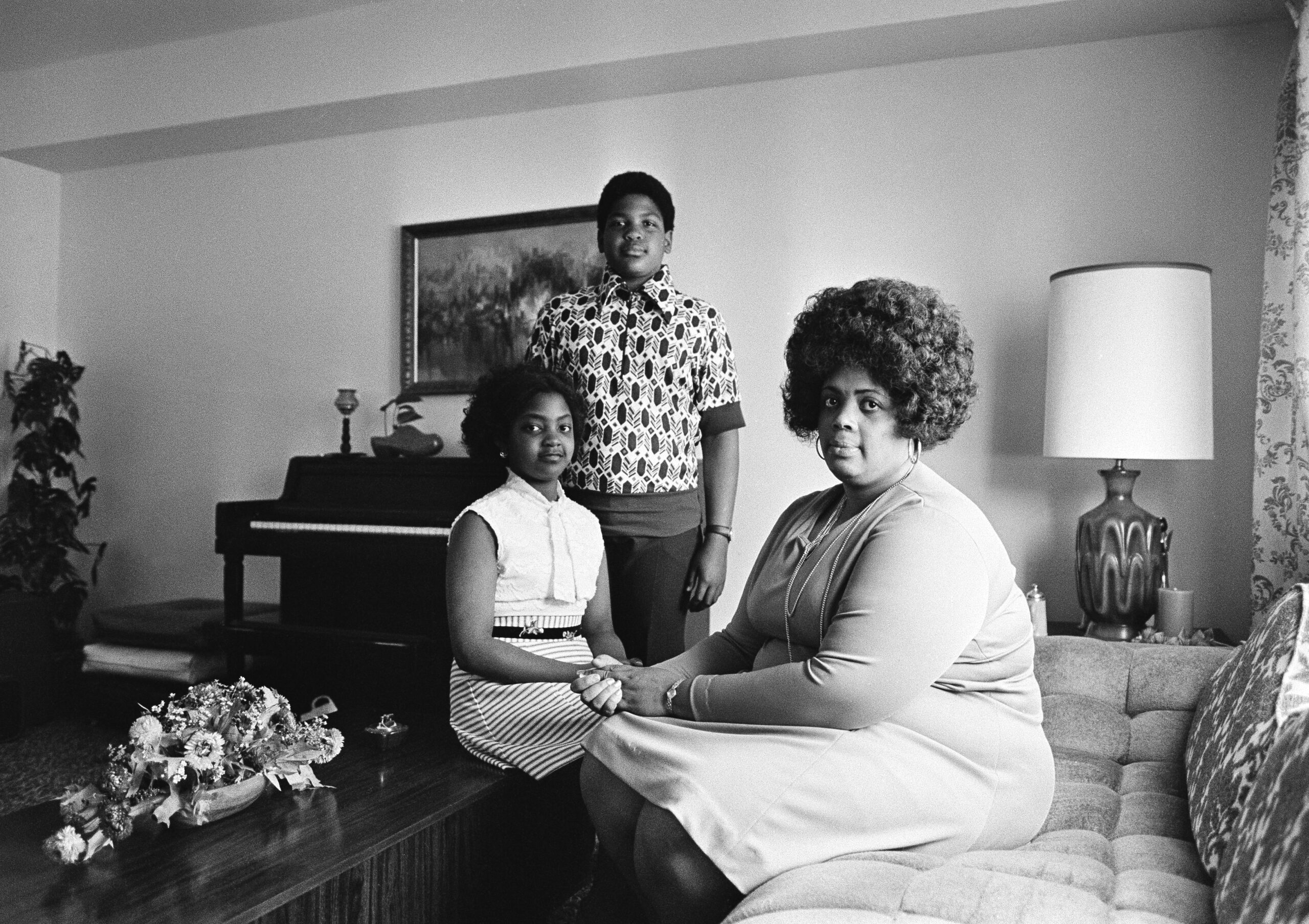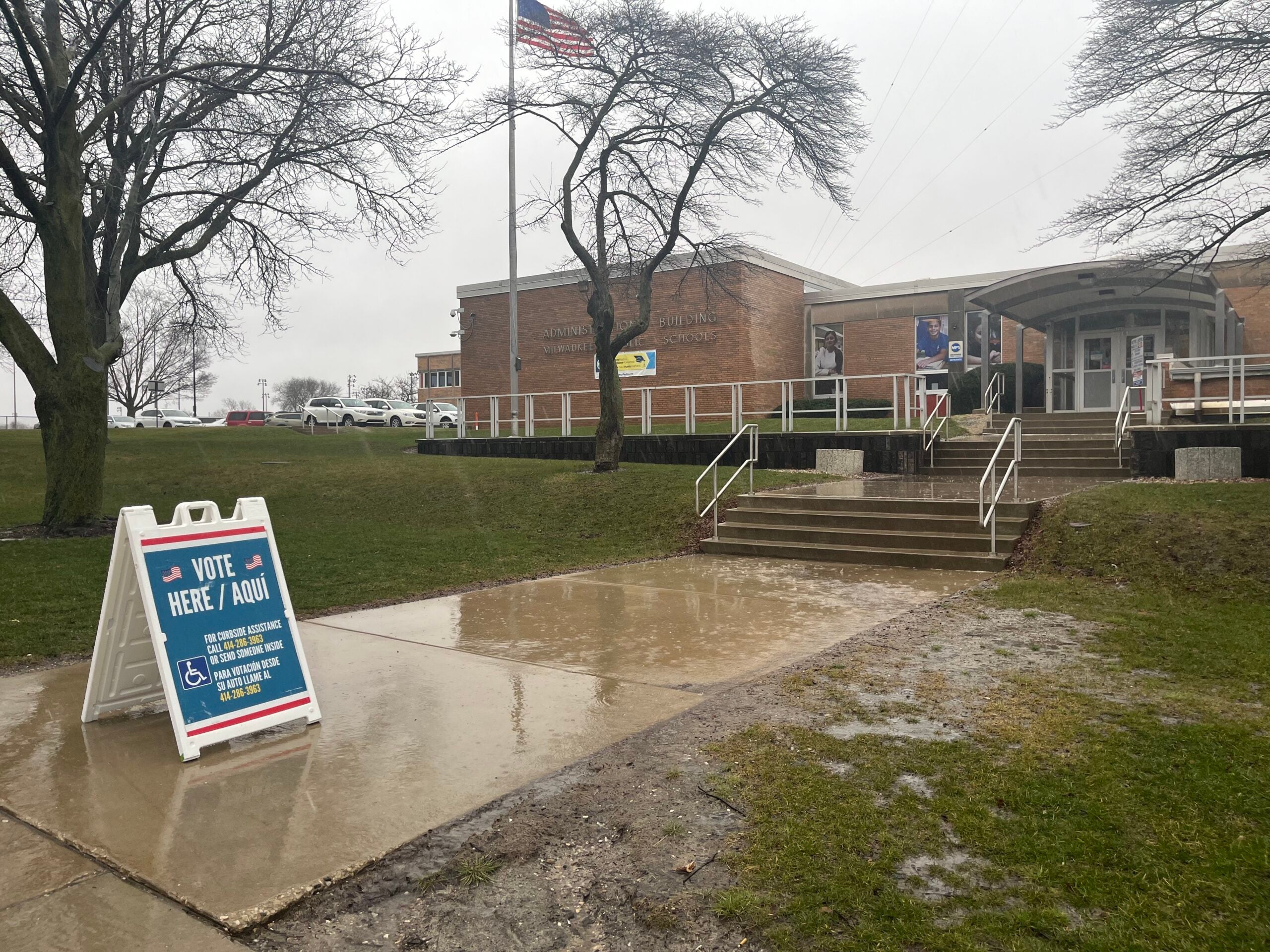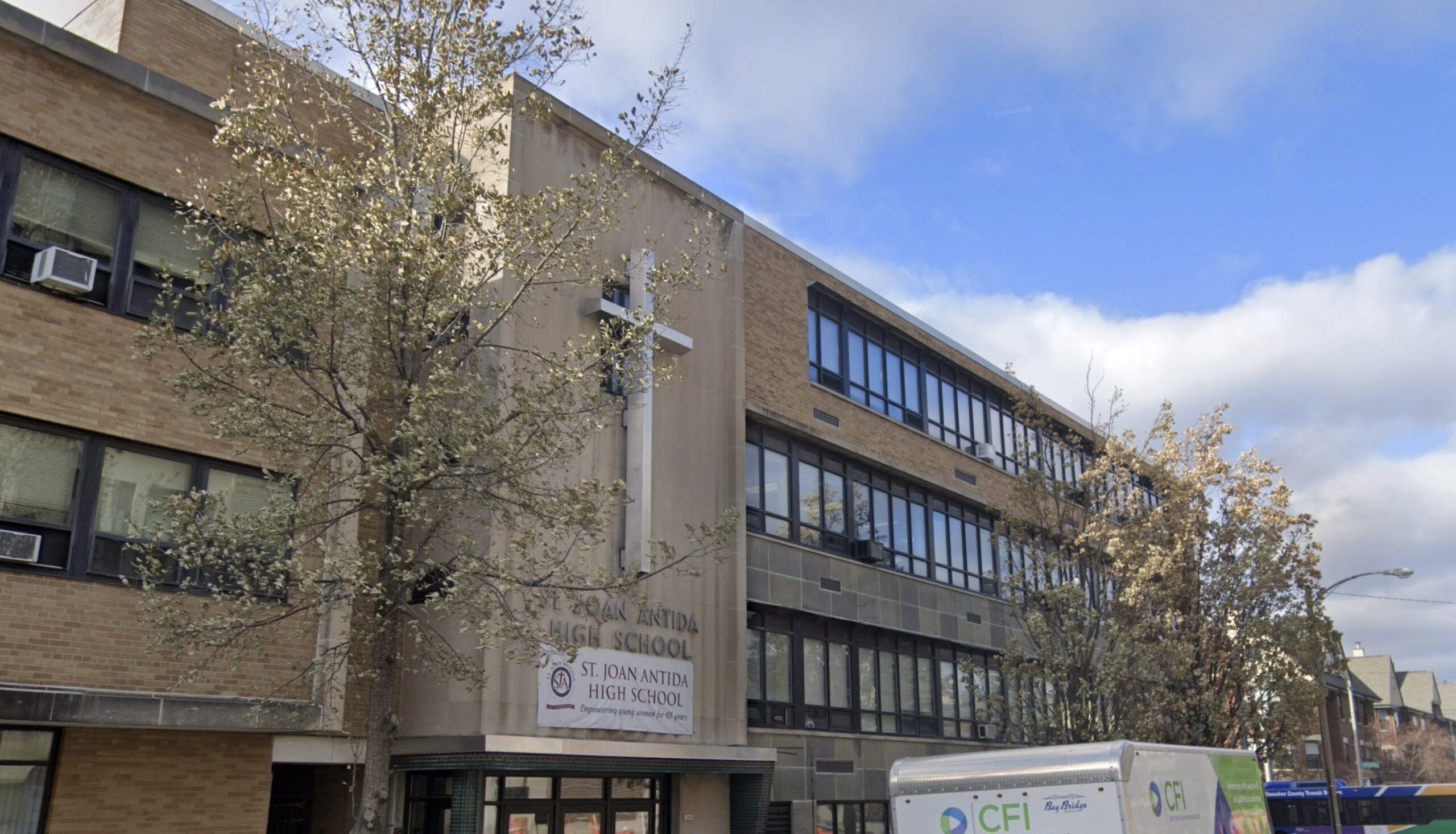In 1988, nearly half of African-American children attended majority white schools after years of attempts at educational integration. The picture is very different today. Just thirty years later, well over half of American children attend segregated schools — schools where at least half the students are the same race or ethnicity as them. In light of the death of Linda Brown, who was at the center of the landmark Brown v. Board of Education case that overturned the “separate but equal” doctrine in public education, we’re talking about why much of the school integration achieved in the twentieth century has been reversed.
Episode Credits
- Kate Archer Kent Host
- Colleen Leahy Producer
- Alexander Nazaryan Guest
Wisconsin Public Radio, © Copyright 2024, Board of Regents of the University of Wisconsin System and Wisconsin Educational Communications Board.






